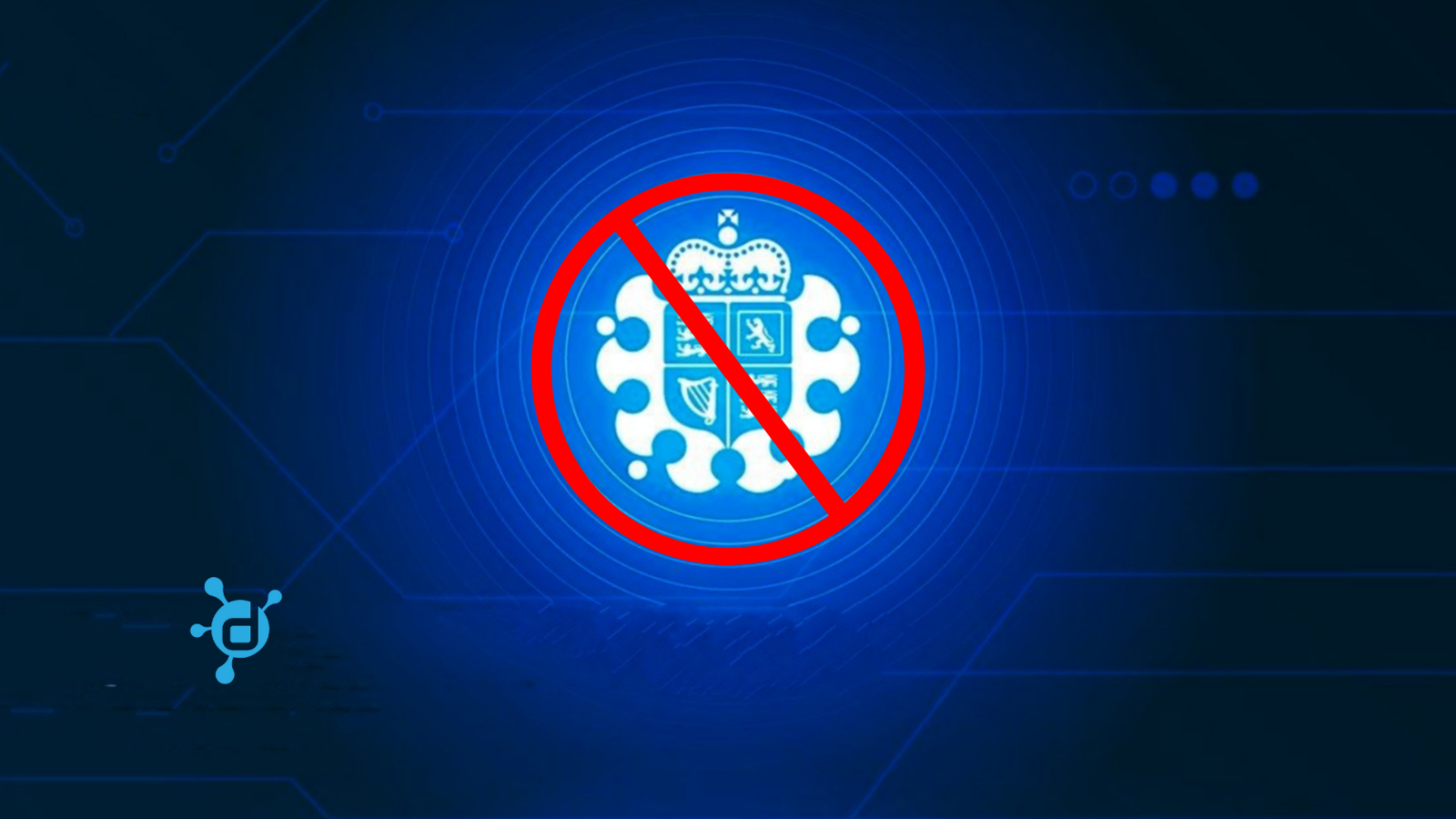When centralised entities decide to get involved in Web3 antics, it’s always a strange and rather ironic dynamic to behold.
Whilst US authorities have been clamping down on NFTs and their supposed status as a taxable security, their friends across the pond- the UK government that is- have been planning to launch a government-backed NFT collection.
That is, until today, as per a recent announcement, such plans have been pulled.
The Royal Mint NFT – The Assets That Never Came to be
The Royal Mint- i.e., the official maker of British coins- was tasked with developing the NFTs by the UK’s [supposedly] crypto bullish Prime Minister Rishi Sunak back in April of last year (when he was still serving as the country’s chancellor).

The premise? – to show the ‘forward-looking approach’ that Britain has towards crypto assets, and to issue the country’s intent in becoming a global hub for everything crypto.
The government-backed NFTs were penned-in to launch by the summer of 2022, however as we can see, the project has faced major (major) delays. In addition, no real news about their appearance, attributes, or utilities has ever come to surface.
The news of the project’s cancellation came today (Monday 27th March), by way of statement made by the UK’s economic secretary Andrew Griffith on the UK Parliament website.
That being said, the plans aren’t necessarily being completely scrapped, as the proposal will remain under review whilst not being deployed ‘at this time’:
“In consultation with HM Treasury, the Royal Mint is not proceeding with the launch of a Non-Fungible Token at this time but will keep this proposal under review.”- Andrew Griffith, UK economic secretary.
Whilst it’s not completely transparent as to what the rationale behind the decision is, the BBC has stated that the UK’s Chair of the Treasury Select Committee Harriet Baldwin cited crypto’s economic uncertainty as a reason for its halting.

“We have not yet seen a lot of evidence that our constituents should be putting their money in these speculative tokens unless they are prepared to lose all their money…So perhaps that is why the Royal Mint has made this decision in conjunction with the Treasury”- UK Chair of the Treasury Select Committee Harriet Baldwin.
This isn’t the first unfulfilled NFT endeavour from the Royal Mint, as in 2017 it issued its interest in using blockchain tech to track the gold supply (but to no avail).
On The Contrary
Whilst the plans for Royal Mint NFTs have been put on hold for now, the dreaded prospect of a British central bank digital currency (CBDC) still lingers.
Before his promotion to Prime Minister, Rishi Sunak released a statement issuing his bullishness for the introduction of such assets. Here, he describes CBDCs as ‘energy efficient,’ a solution for ‘ensuring users’ money is safe and secure,’ and an opportunity for businesses and consumers to pay via new ways. He also stated that they will be ‘available to everyone,’ which in reality, isn’t really a standout feature at all.

Further, Sunak also stated that CBDCs are ‘part of the wider story of digital innovation that has delivered benefits to millions around the world and in the UK’.
Given that they will live on the blockchain, CBDCs can potentially entail crypto-like benefits, such as instant and low-fee payments, the irradiation of intermediaries, and untampered storage of transaction histories (which could discourage money laundering etc.).
However, in reality, and despite being digital in nature, the financial concept is essentially the polar opposite of what decentralized enthusiasts want from virtual currencies. This is because they are issued and controlled by respective central banks, which as their name suggests, means that they are fundamentally ‘centralised’ in nature. What this means in practice is that users’ access to their funds could potentially be blocked by the simple push of a button.
Sunak’s advocation for CBDC’s falls contrary to the decentralised stance he undertook during his tenure as the UK’s chancellor of the exchequer (i.e. the government’s chief financial minister).
As chancellor, Sunak pushed crypto in parliament via multiple channels. This includes the proposal for regulatory reform of stablecoins to take place, which was then followed by the drafting and introduction of the Financial Services and Markets Bill (which has the purpose of providing the regulatory framework for stablecoins and crypto assets). As of now, the bill is in the ‘Committee Stage’ in the House of Lords.
As previously mentioned, he also commissioned the now-paused Royal Mint NFT project, which, at the time, sounded nothing but bullish for the NFT scene.
With economic turbulence seemingly being the reason for Britain’s NFT pull-back, all we can do is hope that governments don’t begin using the same logic as a reason for introducing CBDCs as a new and improved financial system.




